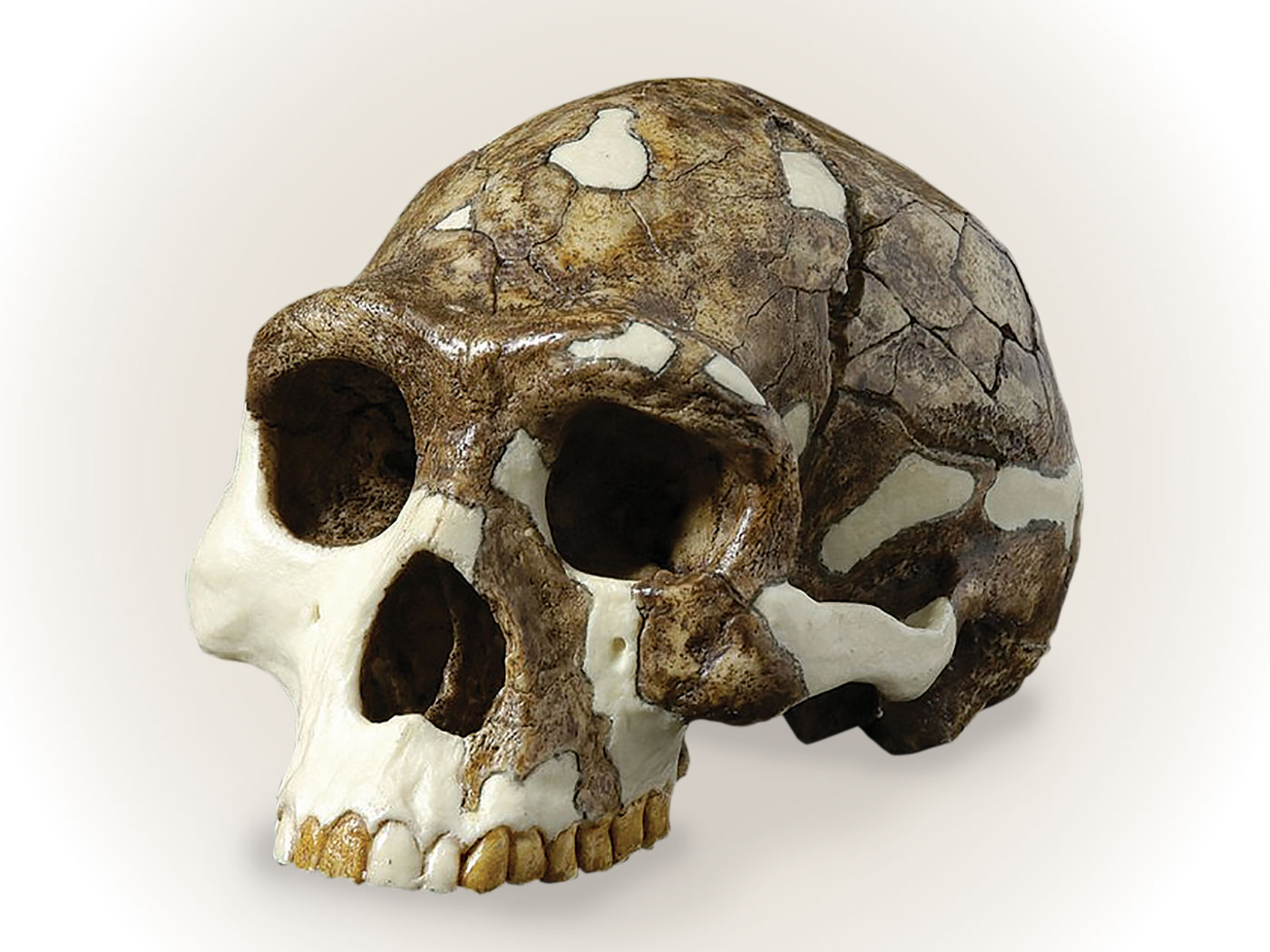Skeptics have often pointed out that no archaeological evidence for the existence of Jesus Christ has been discovered. And they are correct, at least perhaps up until the present. A recent incredible discovery may put to rest that criticism.
A secondary issue must first be considered. Is it reasonable to expect such artifacts or inscriptions? After all, the man Jesus was not a prominent governmental leader. He was essentially an itinerant preacher, with few possessions, and eventually suffered the death of a common outlaw. Would the Romans have recorded His life or death with an inscription or statue? Certainly not.
Actually, Jewish archaeological evidence of the entire period is rather sparse. There are the remains of large and extensive Roman cities, and adequate inscriptions of leaders, including Herod, Pilate and Festus. There are also influential Jews such as Caiaphas, but almost nothing can be found recording the lives of ordinary individuals. And remember that in A.D. 70 Jerusalem was totally destroyed by Titus. What may still exist is buried under the thriving modern city. Certainly the odds are against an artifact's survival.
The scarcity of archaeological artifacts can be contrasted, however, with the wealth of historical evidence for Christ. Soon the apostles had written letters detailing Christ's life and teachings, to be followed by the writings of Paul all widely copied and circulated, within the lifetime of eyewitnesses. The Roman historian Josephus mentioned Christ several times while relating noteworthy civic events, including the execution of one named "James, the brother of Jesus who was called the Christ/Messiah" referring evidently to Jesus' brother James, leader of the early church and author of the New Testament book bearing his name.
The new artifact is an ossuary, a medium-sized box in which human bones were placed for permanent burial after the flesh had all decayed away. This practice was employed for only a brief period of time from about B.C. 20 to A.D. 70. The box is made of a soft, chalky, limestone, common to the area. The contents have long since vanished.
Most remarkably, an inscription has been etched into the side which reads, "James, son of Joseph, brother of Jesus" in the Aramaic script of the time. Careful studies, including scrutiny under a scanning electron microscope show the inscription to be genuine. The patina, or oxidized surface equally covers both box and the interior of the etched letters. The recognized expert on such matters, Dr. Andre Lemaire, concludes: "I am pleased to report that in my judgment it is genuinely ancient and not a fake."
All three names used were common in that era, but seldom was the deceased's brother mentioned, unless that brother was noteworthy. To have all three listed, in correct Biblical relationship certainly supports the possibility of this being the ossuary of the Biblical James.
With or without the ossuary or other archeological evidence, we can still be confident that the events are true. The Christian faith is a reasonable faith, well grounded in the facts of history, and the Bible is an entirely accurate document. On its teachings we can base our lives and eternal destiny.

















